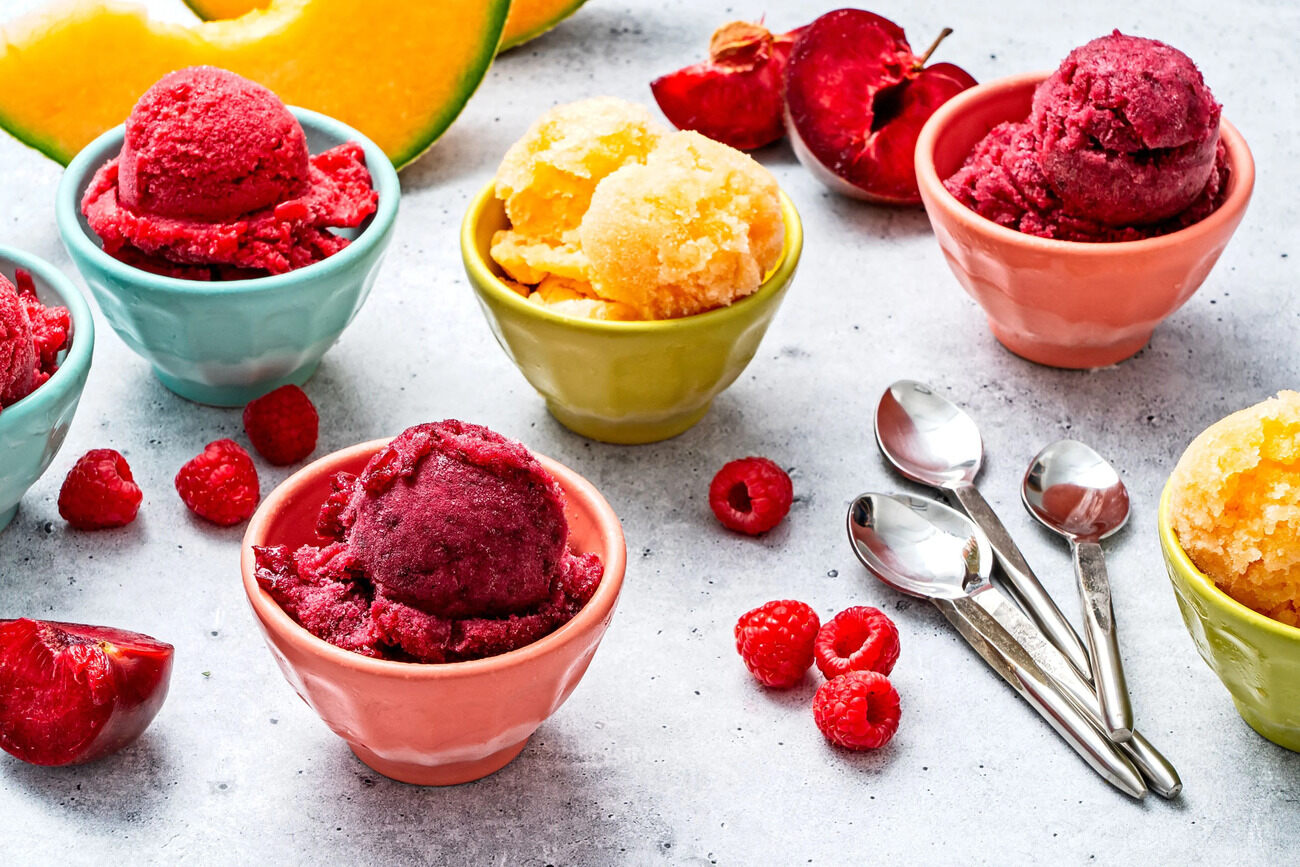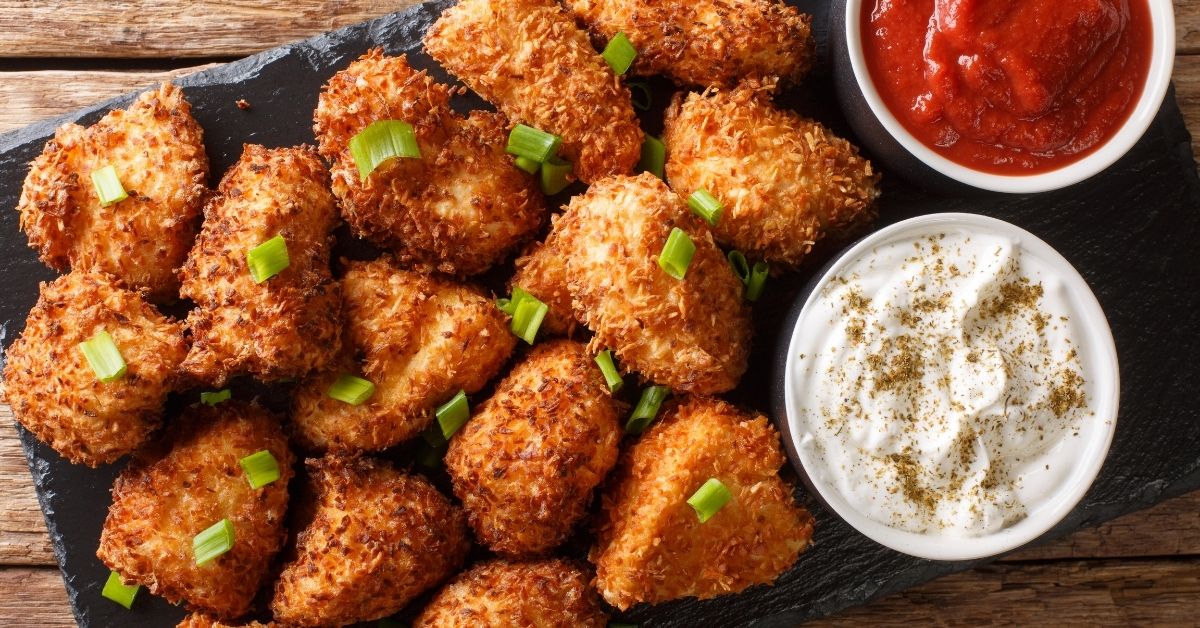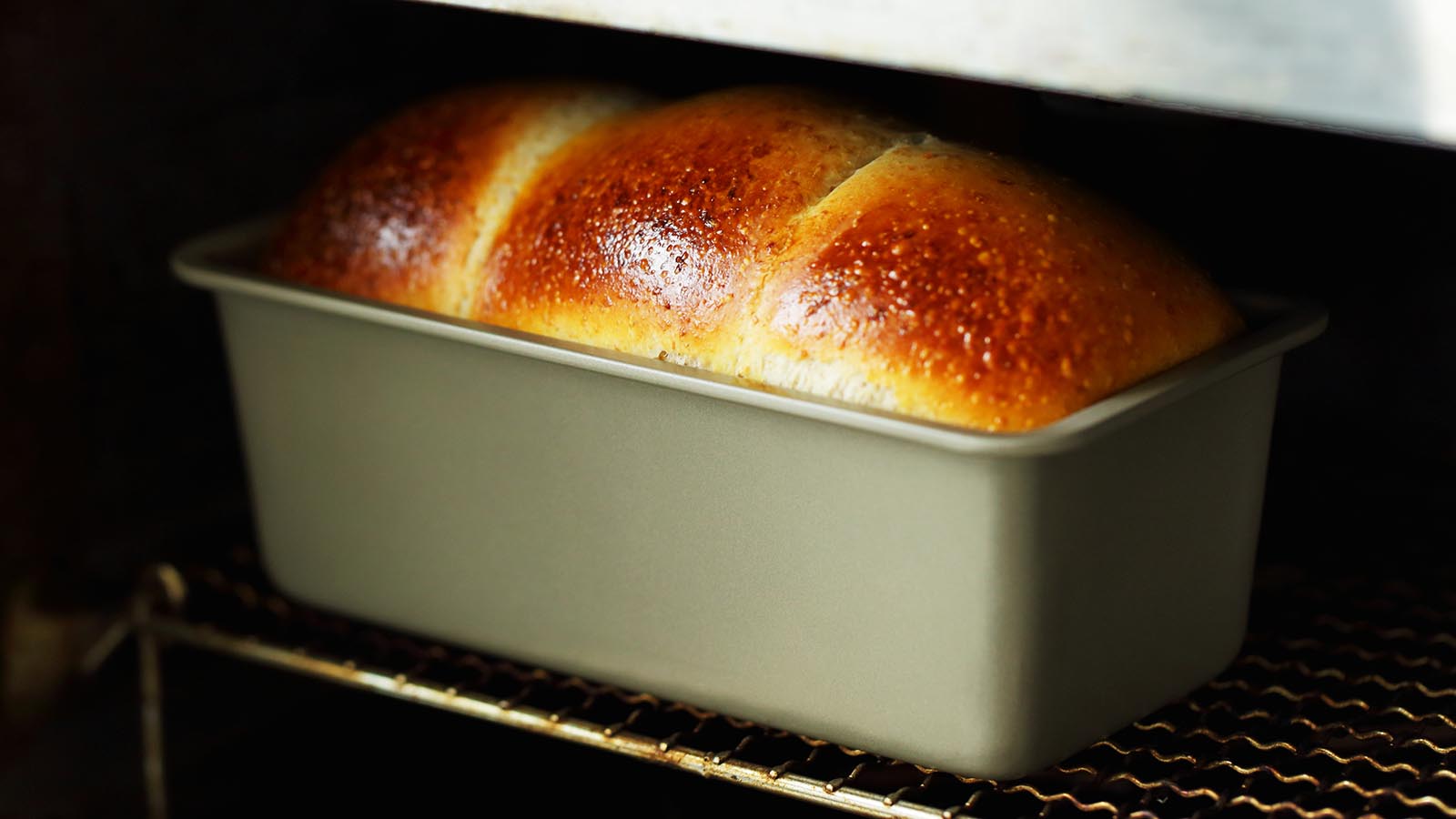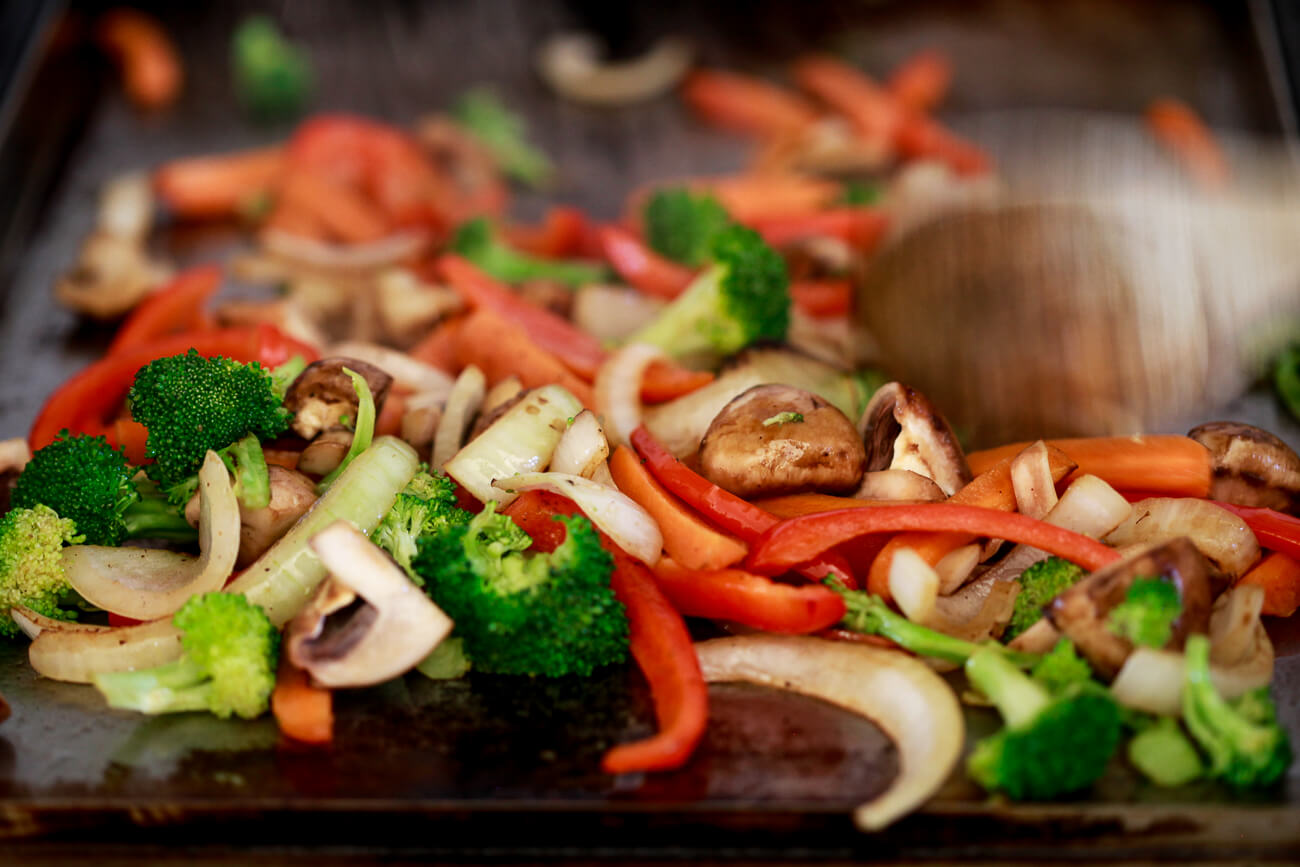Ever wondered why some food combinations taste amazing while others fall flat? The secret lies in the science of perfect food pairings. This fascinating field explores how different flavors, textures, and aromas interact to create mouthwatering dishes. By understanding these principles, you can elevate your cooking and impress friends and family. Whether it's the classic duo of tomatoes and basil or the unexpected harmony of chocolate and chili, mastering food pairings can transform your culinary creations. Ready to dive into the delicious world of perfect pairings? Let's get started!
Essential Ingredients for Perfect Food Pairings
The Science of Perfect Food Pairings
-
Tomatoes
- Fresh
- Sun-dried
- Cherry
-
Cheese
- Mozzarella
- Parmesan
- Feta
-
Herbs
- Basil
- Oregano
- Thyme
-
Fruits
- Apples
- Pears
- Berries
-
Nuts
- Walnuts
- Almonds
- Pecans
-
Proteins
- Chicken
- Salmon
- Tofu
-
Vegetables
- Spinach
- Bell peppers
- Zucchini
-
Grains
- Quinoa
- Rice
- Barley
-
Oils
- Olive oil
- Sesame oil
- Coconut oil
-
Spices
- Cumin
- Paprika
- Black pepper
Tools You Need for Perfect Food Pairings
Tools Needed for Perfect Food Pairings
-
Chef's Knife
- Essential for precise cutting and chopping.
-
Cutting Board
- Provides a stable surface for preparing ingredients.
-
Mixing Bowls
- Useful for combining different elements of a dish.
-
Measuring Cups and Spoons
- Ensures accurate measurements for ingredients.
-
Whisk
- Helps in blending sauces and dressings smoothly.
-
Blender or Food Processor
- Ideal for making purees, sauces, and emulsions.
-
Tasting Spoons
- Allows for sampling and adjusting flavors.
-
Wine Glasses
- Important for tasting and pairing wines with food.
-
Cooking Thermometer
- Ensures meats and other dishes are cooked to the right temperature.
-
Spice Grinder
- Freshly ground spices can enhance the flavor profile of a dish.
-
Saucepan
- Useful for preparing sauces and reductions.
-
Sauté Pan
- Great for searing and cooking ingredients quickly.
-
Serving Platters
- Presentation matters; use these to showcase your paired dishes.
-
Notebook or Recipe Journal
- Keep track of successful pairings and notes for future reference.
Balancing flavors is key. Pair sweet with salty, like chocolate and pretzels. Acidic foods, such as tomatoes, complement fatty dishes. Spicy foods benefit from cooling elements like yogurt or cucumber.
The Importance of Perfect Food Pairings
Understanding perfect food pairings is rooted in science, specifically how different flavors interact on a molecular level. When ingredients share key flavor compounds, they're more likely to taste great together. This synergy enhances dishes, making them more complex and satisfying.
Chefs and food enthusiasts rely on this knowledge to create harmonious combinations. Experimenting with these pairings can transform simple ingredients into extraordinary meals, elevating the dining experience. It's not just about taste; it's about crafting memorable culinary moments.
Step-by-Step Guide to Perfect Food Pairings
The Science of Perfect Food Pairings
-
Understand Flavor Profiles
- Sweet: Think fruits, honey, and sweet vegetables.
- Sour: Includes citrus, vinegar, and fermented foods.
- Salty: Found in cured meats, cheeses, and soy sauce.
- Bitter: Present in dark leafy greens, coffee, and dark chocolate.
- Umami: Found in mushrooms, tomatoes, and aged cheeses.
-
Balance Flavors
- Sweet and Sour: Combine fruits with vinegar-based dressings.
- Salty and Sweet: Pair cured meats with sweet fruits.
- Bitter and Sweet: Match dark chocolate with berries.
- Umami and Sour: Use tomatoes in savory dishes with a splash of lemon.
-
Consider Texture
- Crunchy and Creamy: Pair nuts with yogurt.
- Soft and Crispy: Combine soft cheeses with crackers.
- Smooth and Chunky: Mix pureed soups with chunky vegetables.
-
Match Intensity
- Mild with Mild: Pair delicate fish with light herbs.
- Bold with Bold: Combine strong cheeses with robust meats.
- Medium with Medium: Match medium-spiced dishes with medium-bodied wines.
-
Use Complementary Colors
- Green and Red: Combine spinach with tomatoes.
- Yellow and Purple: Pair corn with eggplant.
- Orange and Green: Match carrots with peas.
-
Pair by Seasonality
- Spring: Use fresh greens and herbs.
- Summer: Incorporate berries and tomatoes.
- Fall: Include squash and root vegetables.
- Winter: Use hearty greens and citrus fruits.
-
Regional Pairings
- Italian: Combine tomatoes, basil, and mozzarella.
- Mexican: Use corn, beans, and chili peppers.
- Japanese: Pair soy sauce, ginger, and wasabi.
-
Experiment with Aromatics
- Herbs: Basil, thyme, and rosemary.
- Spices: Cinnamon, cumin, and paprika.
- Citrus Zest: Lemon, lime, and orange.
-
Consider Cooking Methods
- Grilled: Pair with fresh salads.
- Roasted: Combine with hearty grains.
- Steamed: Match with light sauces.
-
Balance Temperature
- Hot and Cold: Serve hot soup with a cold salad.
- Warm and Cool: Pair warm bread with cool butter.
- Chilled and Room Temperature: Combine chilled desserts with room temperature fruits.
-
Use Acid to Brighten
- Lemon Juice: Add to fish dishes.
- Vinegar: Use in salad dressings.
- Wine: Incorporate in sauces.
-
Pair with Beverages
- Wine: Match red wine with red meats.
- Beer: Pair light beers with spicy foods.
- Tea: Combine green tea with seafood.
-
Consider Dietary Restrictions
- Gluten-Free: Use rice and quinoa.
- Vegan: Pair legumes with grains.
- Low-Sodium: Use herbs and spices for flavor.
-
Use Fresh Ingredients
- Local Produce: Visit farmers' markets.
- Seasonal Items: Choose what's in season.
- Organic Options: Opt for organic when possible.
-
Trust Your Palate
- Taste as You Go: Adjust seasonings.
- Experiment: Try new combinations.
- Enjoy: Savor the process.
The Magic of Food Pairings
Understanding food pairings can transform your cooking from ordinary to extraordinary. By combining flavors that complement each other, you create dishes that are balanced, exciting, and memorable. Think of pairing savory with sweet, acidic with fatty, or bitter with salty. These combinations can elevate your meals and impress your guests.
Experiment with different ingredients and trust your palate. Don’t be afraid to try new things. Sometimes, the most unexpected pairings can turn out to be the most delicious. Remember, cooking is both an art and a science. Use your knowledge of flavor profiles to guide you, but also let your creativity shine.
Next time you’re in the kitchen, think about how you can pair your ingredients to create a harmonious and delightful dish. Happy cooking!
Common Questions About Perfect Food Pairings
What are food pairings?
Food pairings involve combining different ingredients that enhance each other's flavors. Think of it like a symphony where each instrument plays a part, creating a harmonious taste experience.
Why do some foods taste better together?
Some foods share flavor compounds that make them naturally compatible. For example, tomatoes and basil both contain eugenol, which makes them taste great together.
Can you give an example of an unusual but tasty food pairing?
Sure! Chocolate and blue cheese might sound odd, but they work well because they share similar flavor profiles. The sweetness of chocolate balances the saltiness of blue cheese.
How can I experiment with food pairings at home?
Start with basic pairings like apple and cheddar cheese. Then, try more adventurous combinations like strawberries with balsamic vinegar. Trust your taste buds and have fun!
Are there any tools to help with food pairings?
Yes, there are apps and websites that suggest pairings based on flavor compounds. These tools can be a great starting point for your culinary experiments.
Do food pairings work for drinks too?
Absolutely! Wine and cheese pairings are classic, but you can also pair beer with chocolate or coffee with citrus. The principles of flavor compatibility apply to drinks as well.
What are some common mistakes to avoid in food pairings?
Avoid pairing strong flavors that clash, like garlic with mint. Also, be cautious with textures; pairing two very rich foods can be overwhelming. Balance is key!











